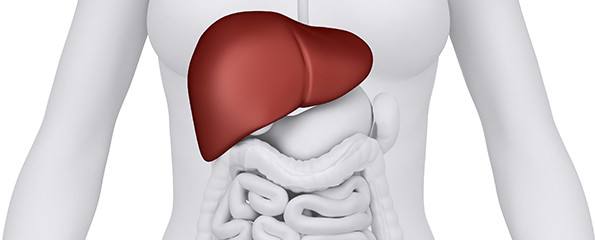Liver cancer records worst ‘death-to-incidence ratio’ – new analysis
Cancer of the liver looms as Australia’s greatest cancer challenge, with new analysis revealing that liver cancer has the highest ‘death-to-incidence ratio’ – indicating shorter average survival – of any cancer in Australia.
Latest Australian Institute of Health and Welfare data analysed by Hepatitis Australia reveals that the number of new cases of liver cancer each year (1,446) is matched by the number of lives lost to the disease (1,419) annually.1 This means that for every Australian diagnosed with liver cancer, another Australian loses their life.
The analysis uncovered that liver cancer had a death-to-incidence ratio of 0.98 (almost one death for every new case), compared with much lower ratios for breast cancer (0.2), prostate cancer (0.16), melanoma (0.13), bowel cancer (0.26), and even lung cancer (0.77). Ratios closer to 0 indicate longer average survival while ratios closer to 1 indicate shorter average survival.
In stark contrast with nearly all other cancers where survival rates have steadily improved over the last two decades, there has been no improvement in liver cancer prognosis.
On World Cancer Day (4 February), Hepatitis Australia’s Acting CEO Kevin Marriott said that untreated viral hepatitis is the leading cause of primary liver cancer in Australia, while liver cancer is now the fastest increasing cause of cancer death in Australia.
Associate Professor Ben Cowie from Royal Melbourne Hospital said, “Healthcare professionals need to be on the lookout for Australians who are living with undiagnosed hepatitis B or C and ensure that all Australians living with viral hepatitis receive regular liver check-ups and timely treatment.
“Despite the hepatitis B vaccination being the closest thing we have to a liver cancer vaccine – along with treatment for hepatitis B and C – many adults at high risk of hepatitis B are still ineligible for government vaccination and treatment rates for both hepatitis B and C remain low,” said Associate Professor Cowie.
(Source: Hepatitis Australia)
Dates
Tags
Created by:

 Login
Login














